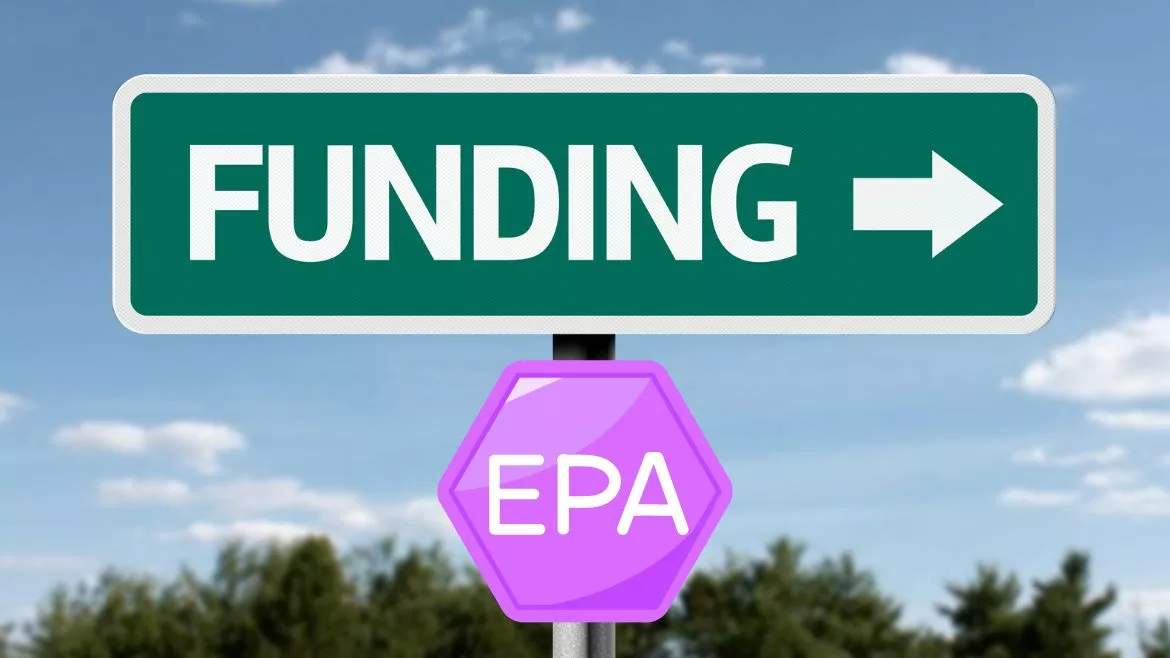News
EPA Proposed FY25 Budget Builds on Infrastructure Funds
$10.9B sought for EPA hikes budget by $858M and builds on $9.23B in infrastructure spending

The Environmental Protection Agency’s (EPA) proposed federal fiscal year (FY) 2025 budget of $10.9 billion increases EPA FY2025 spending by $858 million over FY2024 spending. The proposed EPA budget builds on $9.23 billion in federal infrastructure spending that includes money for clean water projects, according to the EPA’s FY2025 budget overview.
The $9.23 billion in funds are allocated under the Infrastructure Investment and Jobs Act (IIJA), also known as the Bipartisan Infrastructure Law (Public Law No. 117-58). The proposed EPA FY2025 budget includes $2.36 billion for the EPA’s Drinking Water and Clean Water State Revolving Funds (SRF).
In addition, the FY2025 budget includes $334 million for grant programs authorized or modified in the American Water Infrastructure Act (AWIA), the Water Infrastructure Improvement for the Nation (WIIN); and the Drinking Water and Wastewater Infrastructure Act (DWWIA), according to the EPA. Included among those resources is nearly $101 million for two grants that are dedicated to reducing lead in drinking water and for lead testing in schools, EPA says.
The FY2025 budget request of $10.99 billion for EPA is $1.8 billion, or 20 percent, above the FY2024 enacted level, according to House Subcommittee on Interior, Environment, and Related Agencies Chairman Mike Simpson (R-Idaho). If the EPA’s proposed FY2025 budget is “enacted, this would be the highest level of funding for EPA in history,” said Simpson at a hearing on the proposed EPA budget held April 30, 2024.
While Simpson said he supports “protecting and preserving our land and water resources to guarantee their long-term sustainability,” he added, “There also needs to be an appropriate balance between protecting our environment and promoting economic growth.”
In addition, Simpson criticized the EPA for its regulations, which he says are “making it harder for industry to thrive.” He said farmers, ranchers, small businesses, and others “are concerned about their very existence” because of the “cost to comply with EPA regulations.”
Furthermore, Simpson said, “Of particular interest and relevance” is “the Waters of the U.S. Rule, which the Supreme Court ruled was too broad,” which is among EPA regulations that are “clear over-reach.”
However, the EPA’s FY2025 budget request is designed to make “important investments in environmental justice” that would address “underinvestments (by the federal government) in underserved and overburdened communities,” said Subcommittee Ranking Member Chellie Pingree (D-Maine).
In addition, the EPA established “a national and legally enforceable drinking water standard” for per- and poly-fluoroalkyl substances (PFAS), said Pingree, who added, “This is a very big deal, and it will go a long way in keeping families safe from these harmful chemicals,” as well as “how to dispose of and destroy PFAS.”
EPA issued two PFAS final rules: the first on April 10, 2024, which sets drinking water standards of from 4.0 parts per trillion to 10 parts per trillion for five individual PFAS substances, including PFOA, PFOS, PFNA, PFHxS, and HFPO-DA (also known as “GenX Chemicals”), and the second on April 19, 2024, which designated the PFAS substances perfluorooctanoic acid (PFOA) and perfluorooctanesulfonic acid (PFOS) as hazardous substances.
EPA Administrator Michael Regan said that the agency has taken additional water actions beyond the PFAS regulations and the $101 million for two grants to reduce lead in drinking water. That includes $5 billion in funding for nationwide drinking and clean water infrastructure upgrades. “This investment builds on the historic funding for lead pipe replacement,” he added.
Looking for a reprint of this article?
From high-res PDFs to custom plaques, order your copy today!





